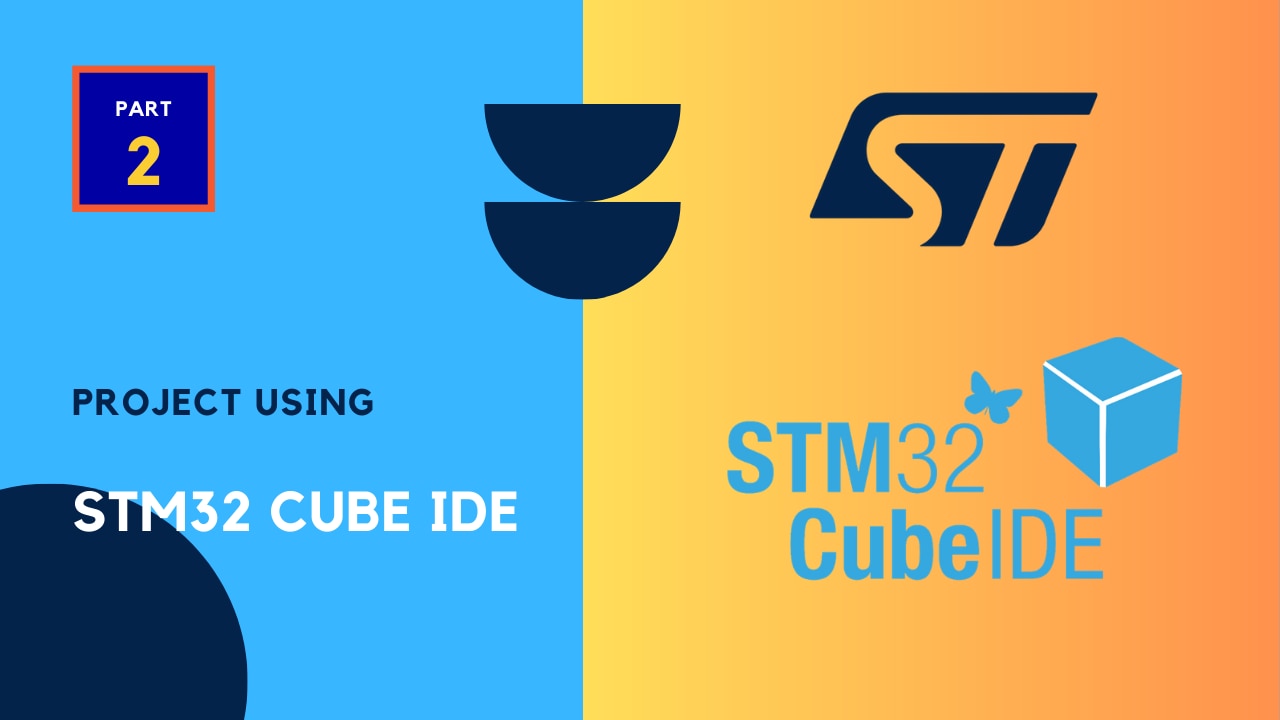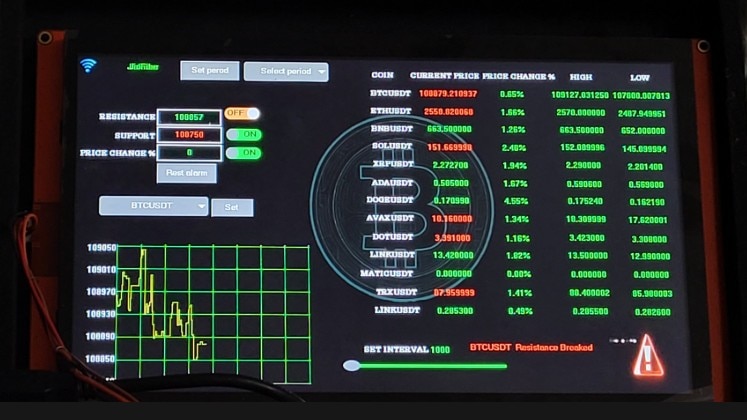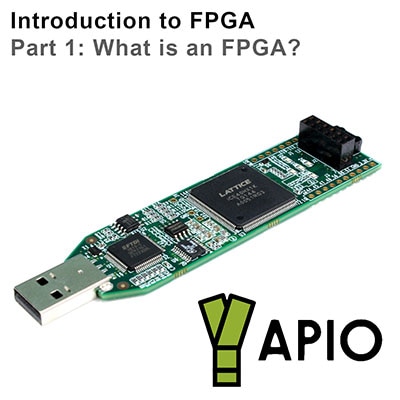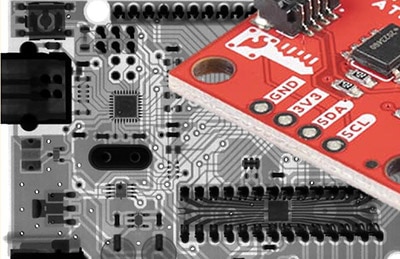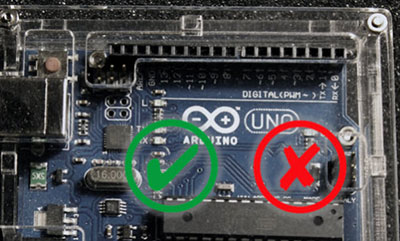ITCH Parser Design in SystemVerilog
2025-10-20 | By Mustahsin Zarif
I recently found out that trading firms value FPGA engineers because they are attracted by the high speed and parallel computing power provided by FPGAs. By leveraging this technology, trades can be made very fast, and if you have ever heard the phrase “time is money,” that most certainly is the case when it comes to trading. One of the communication protocols used by trading firms is ITCH (Institutional Trade Capture), which allows a full, detailed order message to be transmitted at low latency. I decided to give the protocol a go by designing a low-latency market data feed handler in SystemVerilog.
While an ITCH message can carry a lot of information about the type of trade that needs to be made, I decided to keep my implementation simple by using 16-byte messages that carry information about the type of message (add, delete, update stock), stock ID, order ID, order type (bid or ask), price, and quantity. I store the byte-wise translated information in an output struct:
typedef struct packed { //packed means no padding between fields
msg_type_t msg_type; // 1 byte
logic [7:0] stock_id; // 1 byte
logic [31:0] order_id; // 4 bytes
order_side_t order_side; // 1 byte
logic [31:0] price; // 4 bytes
logic [31:0] quantity; // 4 bytes
logic [7:0] padding; // 1 byte
} parsed_msg_t;
- MESSAGE TYPE (ADD, DELETE, UPDATE)
- STOCK ID (2^8 = 255 different stocks)
- ORDER ID (2^32 different order numbers)
- ORDER SIDE (BID or SELL)
- PRICE (up to $2^32)
- QUANTITY (up to 2^32)
- PADDING
After deciding on what the incoming message looks like, we need a way to parse this information with the help of a finite state machine that decodes the message byte by byte:
typedef enum logic [3:0] {
IDLE,
MSG_TYPE,
STOCK_ID,
ORDER_ID,
ORDER_SIDE,
PRICE,
QUANTITY,
PADDING,
DONE
} parser_state_t;
So the FSM goes from an IDLE state to decoding the message for different values based on whether certain conditions are met.
We also need a way to know what the message type and order side correspond to, which we can do with the help of two enumerations:
typedef enum logic[7:0] {
MSG_ADD = 8'h41, // 'A'
MSG_DELETE = 8'h44, // 'D'
MSG_UPDATE = 8'h55, // 'U'
MSG_NULL = 8'hFF // for unrecognized order types
} msg_type_t;
// Order sides
typedef enum logic[7:0] {
ORDER_SIDE_BID = 8'h42, //’B’
ORDER_SIDE_ASK = 8'h41, //’A’
ORDER_SIDE_UNKNOWN = 8'hFF // for unrecognized order sides
} order_side_t;
Now that we have these definitions set, we can expect a 16-byte message such as 0x41 01 00 00 00 01 42 00 00 01 F4 00 00 00 0A 00 to translate into “Add stock to order book. Stock has an ID of 1. The order number is 1. We want to bid on the stock. Bid at $500. Bid 10 stocks.”
In order to actually carry out the parsing, we can use a module named parser_fsm, which is declared as:
module parser_fsm ( input logic clk, input logic reset, input logic byte_valid, input logic [7:0] byte_in, output parsed_msg_t parsed_msg, // struct to hold the parsed message output logic done );

The full code can be found in my GitHub repository for the project, but what it does is that it changes state depending on the number of bytes read, and within each state, it shifts data into a shift register and decodes the message the bytes imply. For example, after 1 byte is read as MSG_ADD in the MSG_TYPE state, move to the STOCK_ID state. Similarly, since stock_id is 4 bytes long, stay in state ORDER_ID until 4 bytes have been read per the declared stock_id length.
Now that our RTL design is complete, we simulate the design with my custom testbench found here. This leads to the following message in the TCL console and corresponding waveform in either Modelsim or Vivado:

Test_vectors.hex:
41 01 00 00 00 01 42 00 00 01 F4 00 00 00 0A 00
44 02 00 00 00 02 FF FF FF FF FF FF FF FF FF FF FF
55 03 00 00 00 03 41 00 00 03 E8 00 00 00 64 CD

I know the screenshot is hard to read, but upon inspection in a simulation tool, we can conclude that the waveform shows expected behavior for our parser design!
ITCH is a fun communication protocol to implement. With my experience in embedded systems, I’ve explored UART, SPI, and I2C (and even written blogs about them), but ITCH is in an entirely different field. It’s fun to see how learning FPGA programming can lead Electrical Engineers to work with Finance Bros, so if you want to go into Finance but are reading this blog as an engineer, there is still a door open for you!








